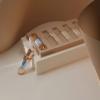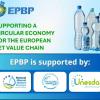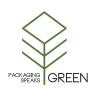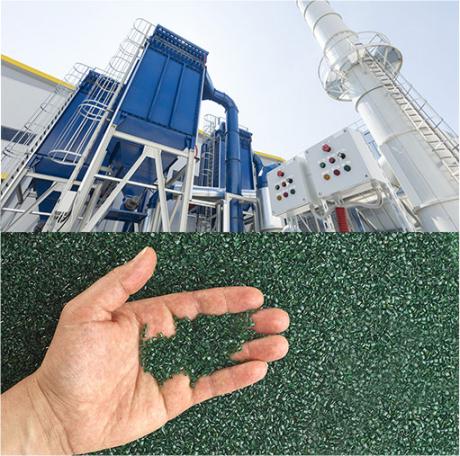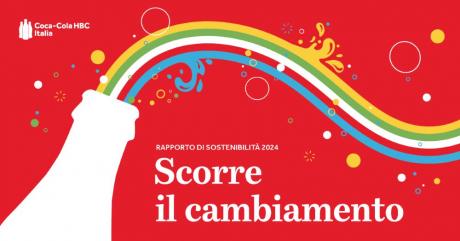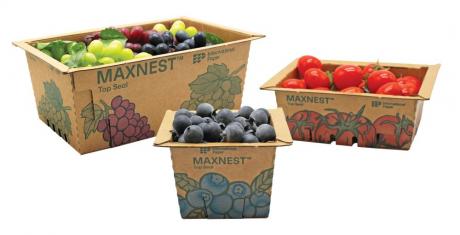Health, taste and sustainability are the three driving forces behind "made in glass". In 2022, despite the energy crisis and the long wave of Covid, the production of bottles and jars has increased to meet the safety and environmental sustainability requirements demanded by consumers, but also to accompany the success of Italian branded products, with more and more bottles of wine, especially sparkling wine, going abroad.
The production of bottles has increased by 1.5%, putting more than 2 billion "pieces" on the market, and that of jars by 2.5%. However, a number of critical factors remain to be overcome before the sector can return to normality: the volatility of energy prices and the rise in scrap prices to unprecedented levels, from around €25/tonne to €200/tonne. This increase not only affects the cost of containers (on average it represents about half of the raw material used in glass production and 1/3 of the production cost), but also poses a risk to maintaining the sector's recycling and circularity objectives: the cost of using scrap has now exceeded that of the raw material. Assovetro, the national association of glass manufacturers and a member of Confindustria, provided an update on glass packaging production data and a review of the health of the sector.
Roberto Cardini, President of the Container Section of Assovetro, said:
Despite the persistence of critical factors, the glass packaging industry has continued to grow. 2023 should be a calming year, allowing us to face the future challenges of the glass packaging industry, such as decarbonisation with the search for new energy sources.
Recycling and reuse, a sustainable co-existence
Recycling and reuse can co-exist to fully achieve circularity in the glass food packaging sector. The draft EU Packaging Regulation focuses on reuse, a challenge that must change consumer habits, logistics and the creation of new business models. In 2021, 186,000 tonnes of glass containers will be reused. The very characteristics of glass - safe, washable and chemically resistant - make it an excellent packaging for reuse, especially in sectors such as water and milk. However, it is important to note that reuse has an environmental benefit only for limited distances (100 km) and is not well suited to commercial customisation.
In terms of recycling, glass continues to be an Italian excellence: the recycling of glass packaging waste from separate collections reached 2.2 Mt, with a recycling rate of 76.6%, above the European target of 75% by 2030. The glass industry is committed to reaching 90% by 2030.
Because of its food safety, sustainability and recyclability characteristics, glass is now a forward-looking material for 8 out of 10 European consumers (source: InSites 2022 Survey). For these reasons, it is the only packaging material in Europe that has seen an average growth of 8% over the last three years, compared to other packaging materials that have seen declines of between 24% and 41%. Three-quarters of European consumers recommend buying products packaged in glass, including 85% of Italians, who are also the most "recyclers" in Europe, with 9 out of 10 saying they separate their waste. A product packaged in glass is more trusted by 70% of Italians.
Energy and the environment
Saving energy has always been a priority for the glass industry, which consumes about 1.1 billion cubic metres of gas per year (about 1.5% of national consumption). As a result, the weight of bottles has decreased year after year. The weight of wine bottles has been reduced by 12% and that of sparkling wine bottles by 18%, resulting in lower raw material and energy consumption and therefore lower CO2 emissions. The increasing use of glass fragments in the production of bottles, in many cases up to 90%, also makes a difference: every 10% of glass fragments used to replace raw materials saves 2.5% of energy and reduces CO2 emissions by 5%.


